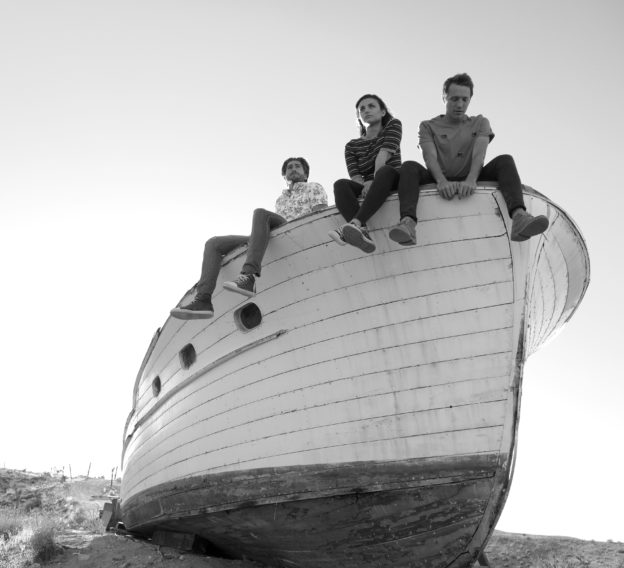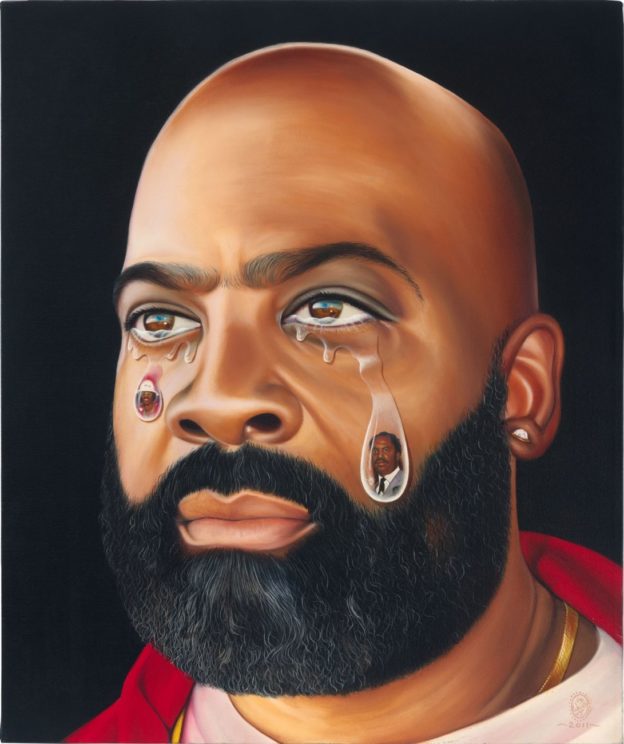
I wanted to make a film about love, friendship, and sexuality among three people with the social currents of the times we live in today.
Performing as both director and cinematographer, I tried to create a sense of living realism where the environments, as much as the performances, seep into our awareness and shape our emotions. I wanted the camera to feel like another character experiencing an intimacy with the actors, but also have an omnipotent perspective that steps back at some moments, guiding the audience along on this journey through an unpredictable reality.
Our characters live in a film world that breaks the traditional rules of filmmaking to accompany their spirit of rebelling against social norms. — Svetlana Cvetko
Cvetko’s SHOW ME WHAT YOU GOT conveys an improvisational mood appropriate to its subject—the story of three twenty-somethings whose immediate and intimate love for one another provides a brief respite from life’s uncertainties and responsibilities. The three leads—Neyssan Falahi, Cristina Rambaldi, and Mattia Minasi—beautifully capture the easy-going receptivity required of such arrangements.
This contemporary homage to Jules et Jim opens today with an online weekend-long gala. It’s also streaming at Laemmle Virtual Cinema. See links below for details.

SHOW ME WHAT YOU GOT OPENING GALA and Q & A LIVESTREAM
Friday, February 12.
5 pm on the West Coast, 8 pm East Coast.
Event streams for 72 hours.
Directed by Svetlana Cvetko.
Laemmle Virtual Cinema
Streaming through February 25.

Svetlana Cvetko, Show Me What You Got (2019) from top: Neyssan Falahi (left), Cristina Rambaldi, and Mattia Minasi (2); Show Me What You Got poster; Rambaldi; Falahi, Rambaldi, and Minasi. Images courtesy and © the filmmaker and Double Take Pictures.


























